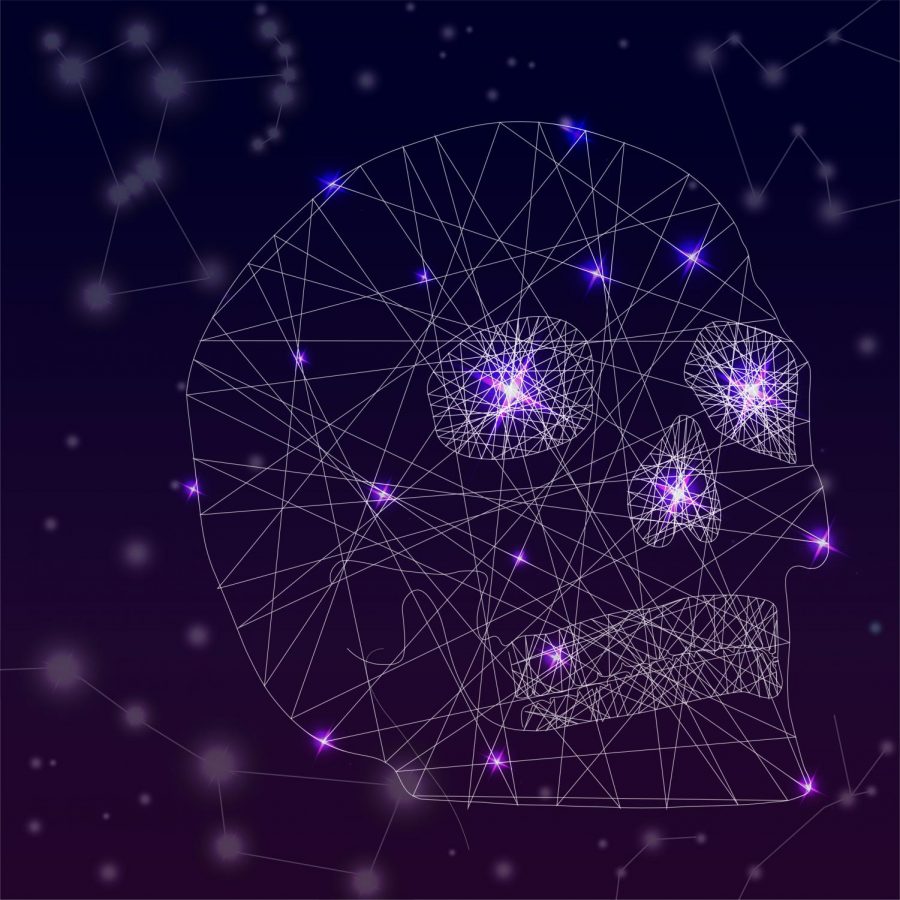Explore haunted skies, ancient history of Halloween
Planetarium shows guests little known origins of spooky celebrations
Look to the stars this Halloween to learn about celtic folklore, the origins of Halloween and astronomy’s role in it all.
October 28, 2021
The WSU Planetarium, a 24-foot dome in Sloan Hall with a projection of the night sky, is hosting the Haunted Skies event to show guests spooky stories, myths and legends seen in the night sky.
The WSU Department of Physics and Astronomy encourages costumes, specifically space or sci-fi costumes to match the astronomy theme. The event will teach the celestial origins of Halloween that came from the ancient Celts, according to the event Facebook page.
Our modern idea of Halloween comes from the ancient Celtic festival of Samhain. As part of Samhain, the Celts would dress up in costumes and light bonfires to ward off ghosts, similar to Halloween celebrations seen today, Planetarium Presenter Jessica Jones said.
“Many of our traditions, such as jack-o-lanterns, come from Celtic traditions,” said Guy Worthey, WSU associate professor of physics.
Samhain means “summer’s end.” It was a new year celebration in October. The festival marked the end of the summer and harvest, Worthey said.
Oct. 31 lands between the autumnal equinox and the winter solstice, making it the beginning of winter for many cultures, including the Celts, Worthey said. People often feared they would go hungry during winter. Thus, the spooky traditions of Halloween began.
“Everybody knows the typical things about Halloween like costumes, haunted houses and all that,” Jones said. “But I don’t think they fully understand where it comes from, which is mostly Celtic pagan traditions.”
We see a lot of things lit up on Halloween because lights are used to combat the darkness of the coming winter, Jones said.
One story that will be told at Haunted Skies is Celtic folklore about a man named Stingy Jack and his adventure with the devil, which gives us the modern tradition of Halloween, she said.
Celts believed spirits came out on the night of Samhain, so they would turn off the lights in their houses when they left to light bonfires so spirits would know no one was home, which led to the modern haunted house, she said. They would also leave out treats for spirits, which gives us trick-or-treating.
The Haunted Skies show will tie in astronomy by explaining how the Pleiades star cluster was directly opposite the sun on Halloween night at midnight, which the Celts believed harbored a space for evil spirits, Jones said.
The presentation will also show spooky-shaped constellations such as Witch Head Nebula, Screaming Skull cluster and Ghost Nebula, she said.
The WSU Department of Physics and Astronomy has held Halloween events almost every year for the past decade, although the name of the event always changes, Worthey said
They host an event almost every weekend of the year, he said. Sometimes they show movies in the planetarium, and other times they do informational exhibits such as the Haunted Skies event.
The event takes place at 7-7:45 p.m. on Oct. 29 and at 2-2:45 p.m. on Oct. 31. There is a $5 ticket fee, but the money goes back to helping the WSU department of physics and astronomy.









